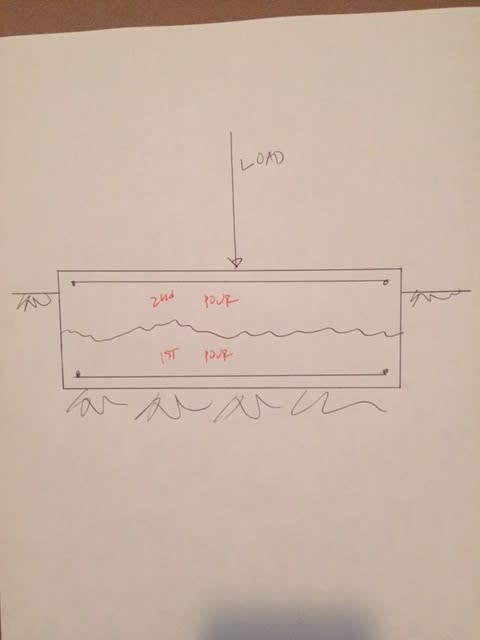delagina
Structural
- Sep 18, 2010
- 1,008
can someone guide how to calculate the shear friction in this case


Follow along with the video below to see how to install our site as a web app on your home screen.
Note: This feature may not be available in some browsers.
I just can't picture the concrete sliding horizontally due to vertical force?
if I have hook at the end of the footing I can use that rebar, right for shear.
WARose said:Maybe. But watch out for that: ACI code (at least the latest one I use) still requires you to fully develop the shear re-bar on both sides of the interface. With the Hilti you will have it on one side......but tougher to get that (i.e. full development) on the other side.
delagina said:I just can't picture the concrete sliding horizontally due to vertical force?
